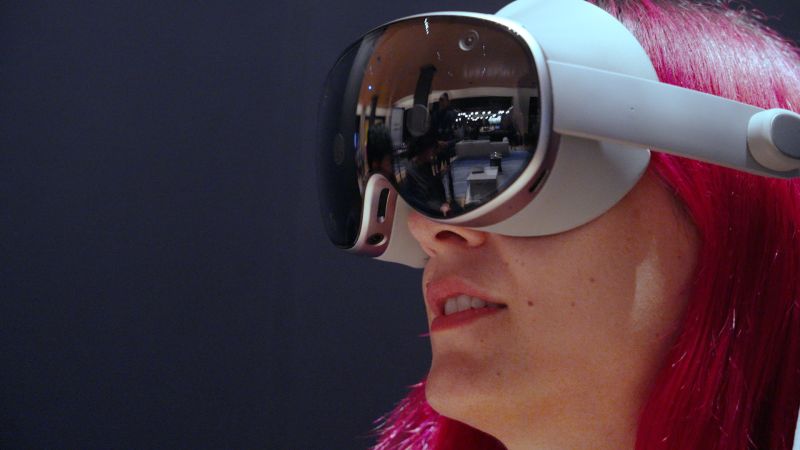You can already use Google Maps to virtually “explore” a city on the other side of the world without leaving your seat. But what if you could take that a step further by feeling like you’re inside the map? And what if you could learn about the restaurant on the corner or a landmark in the distance just by looking at it and asking?
That ability to view apps on a much larger virtual screen and talk with a digital assistant that can see what you’re seeing is one of the touted features of the Galaxy XR, Samsung’s new mixed reality headset, which launched October 21 for $1,800. Samsung is one of many tech companies that have tried to make virtual and augmented reality headsets as pervasive as smartphones and laptops, although such devices are still a niche primarily appealing to early adopters, tech enthusiasts and gamers.
That includes Apple’s $3,500 Vision Pro headset, which has struggled to attract developers and resonate with buyers, according to reports from The Wall Street Journal and Bloomberg. Both Apple’s and Samsung’s devices seek to establish a new type of headset that offers different levels of immersion, from virtual screens to digital environments that fully envelop a user’s field of view.
Samsung is hoping that its latest headset, which it developed in partnership with Google, will win over consumers with its implementation of the search giant’s Gemini assistant. The digital helper is embedded throughout the headset’s operating system, meaning it can answer questions about content being viewed in the device.
The new headset is not only Android’s first major rival to the Vision Pro, but Samsung’s and Google’s gamble at what may be the next evolution of the personal computer, as tech giants race to supplant the smartphone with new AI-powered gadgets.
Continue reading the complete article on the original source



